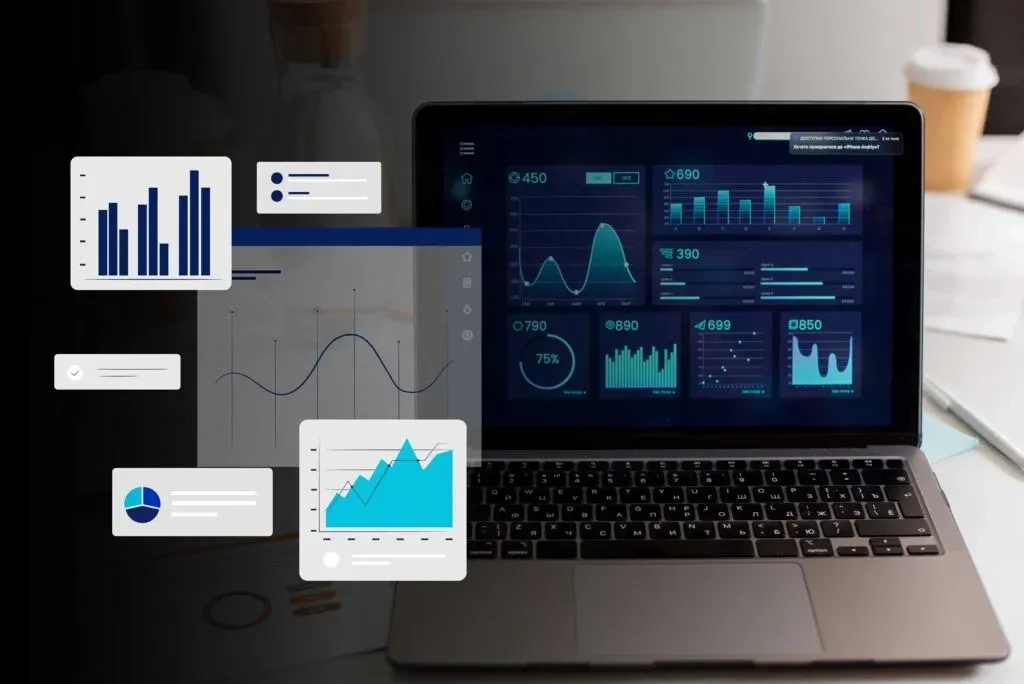1. Power BI

Key Features:
- Interactive Visuals: It efficiently creates and shares dynamic visuals.
- Real-Time Analytics: Also, it provides easy access and analyzes data in real-time.
- AI Capabilities: You can use this tool for AI for deeper information.
- Integration: Power BI flawlessly integrates with Excel, Azure, and other Microsoft services.
2. Databricks

Key Features:
- Unified Analytics: Databricks combines data engineering, data science, and business analytics.
- Collaborative Notebooks: It is also used to improve team collaboration.
- Scalability: This tool is also Kown for its efficiency to process large datasets.
- Machine Learning: With this feature Databricks supports integrating tools for ML and AI.
3. Snowflake

Key Features:
- Elastic Scaling: Snowflake can effortlessly adjust resources based on demand.
- Data Sharing: It securely shares data within and outside your organization.
- Integration: This tool works great to work with many BI and data integration tools.
- Cost Efficiency: Pay only for the resources used.
4. Talend

Key Features:
- Extensive Connectivity: Talend effectively integrates with over 900 data sources.
- Data Quality: This tool provides data accuracy and consistency.
- Big Data Support: You get benefits of its native support Hadoop and Spark.
- Real-Time Processing: It efficiently processes simplified data.
5. SQL

Key Features:
- Data Manipulation: The biggest key feature of SQL efficiently manages insertions, updates, and deletions.
- Querying: SQL performs complicated queries on large datasets.
- Integration: It works flawlessly with different database systems, for example MySQL, PostgreSQL, and SQL Server.
- Data Control: With this tool you can manage access and permissions effectively.
6. Python

Key Features:
- Rich Libraries: Pandas and NumPy key features are used for data manipulation. Matplotlib and Seaborn supports for visualization and Scikit-learn and TensorFlow fare utilized for machine learning.
- Ease of Use: This tool has intuitive syntax that is easy to learn and implement.
- Integration: With Python you can easily integrate with other tools and technologies.
- Automation: Using this tool can automate your repetitive tasks efficiently.
7. Amazon Web Services

Key Features:
- Data Storage: S3- the feature of AWS is used for scalable and secure storage.
- Data Processing: You can use EMR for big data processing.
- Machine Learning: SageMaker is used for developing and deploying ML models.
- Data Warehousing: Redshift is known for fast and scalable analytics.
8. DOMO

Key Features:
- Real-Time Data: It effectively accesses and analyzes data in real-time.
- Integration: DOMO connects to a wide range of data sources.
- Collaboration: With this tool you can effortlessly share and reports across teams.
- Mobile Access: Access analytics on the go through mobile devices.
9. Google BigQuery

Key Features:
- Speed: It executes queries on big data sets within seconds.
- Scalability: This tool can automatically scale to manage increasing data loads.
- Ease of Use: No requirement to manage infrastructure.
- Integration: Google BigQuery integrates flawlessly with other Google Cloud services and BI tools.
10. Matillion

Key Features:
- ETL: This ultimate feature of Matillion Simplifies ETL processes for cloud data warehouses.
- Scalability: This feature manages large-scale data integration with ease.
- Integration: This tool works flawlessly with AWS, Google Cloud, and Snowflake.
- User-Friendly Interface: Its intuitive drag-and-drop interface is used for building data workflows.















